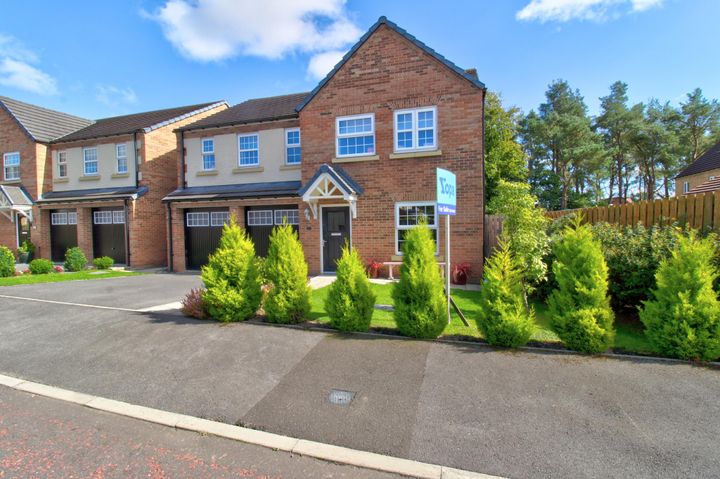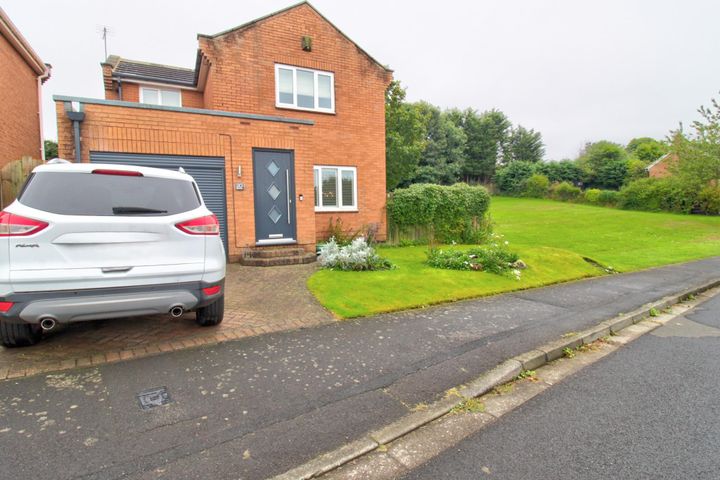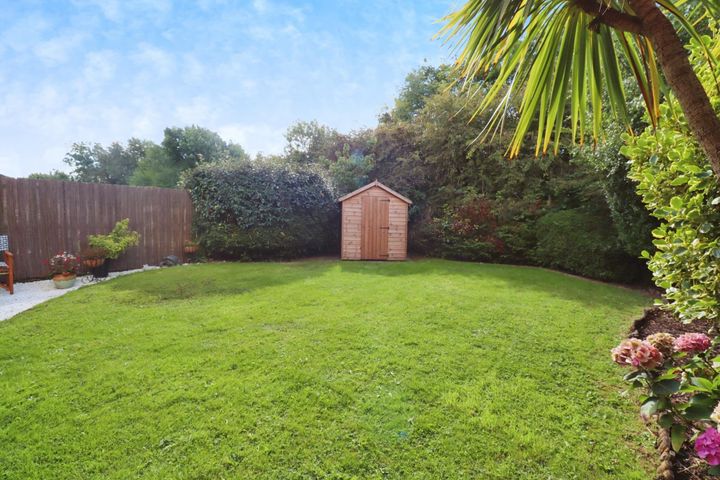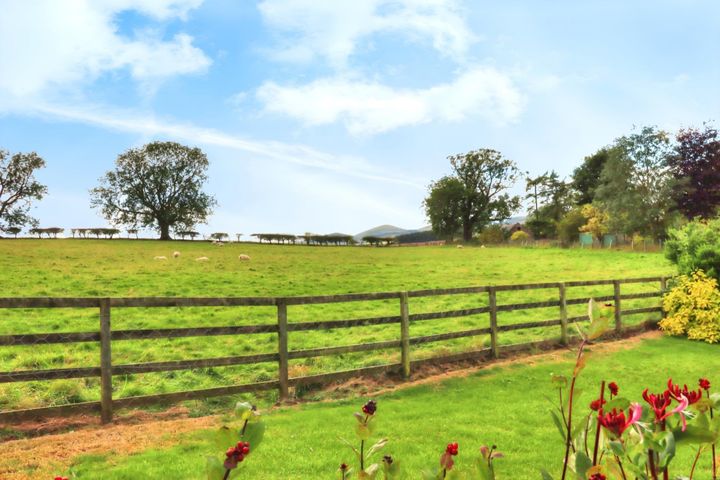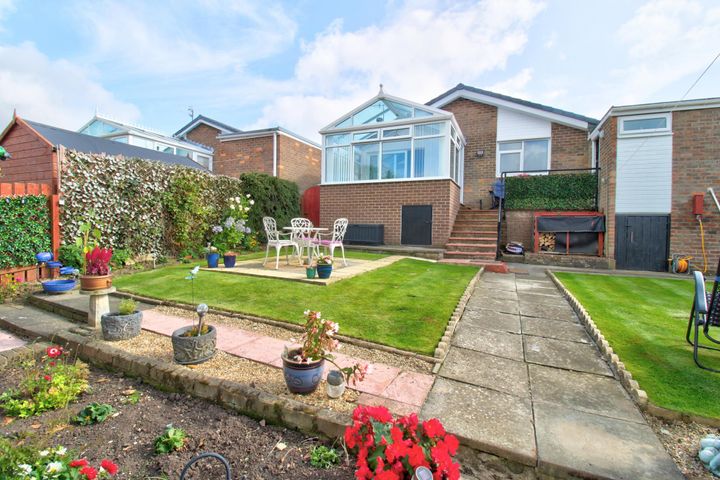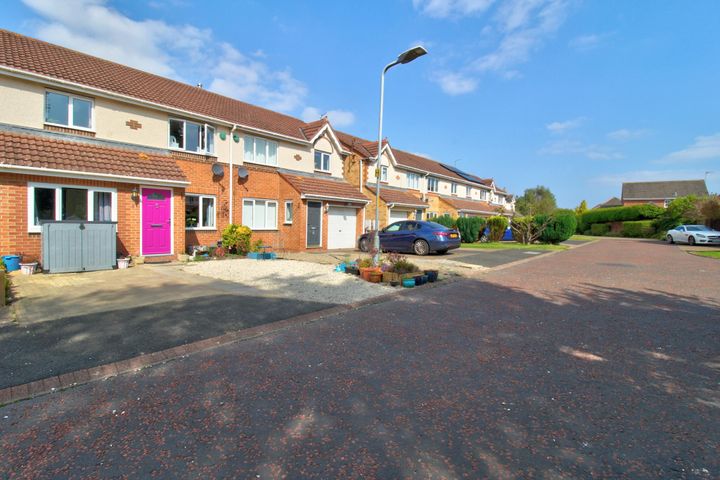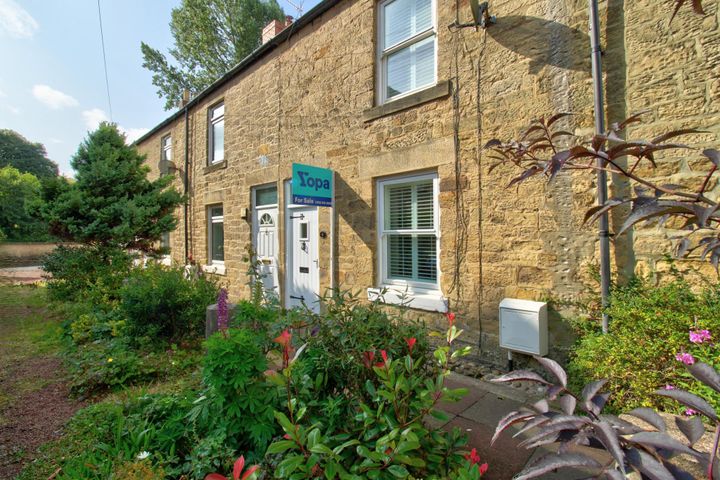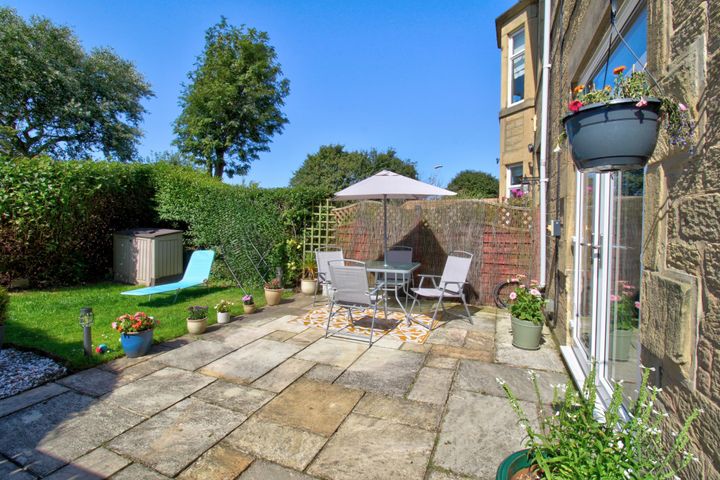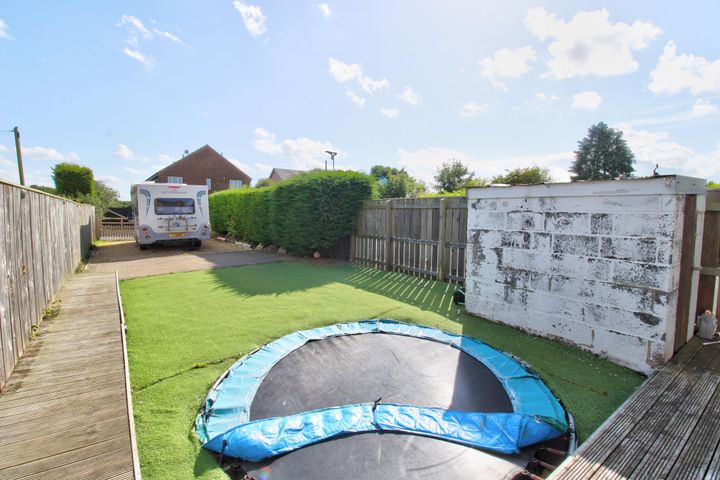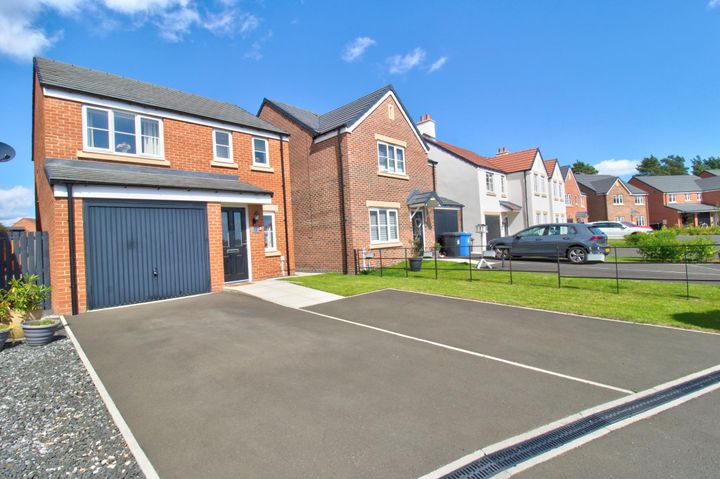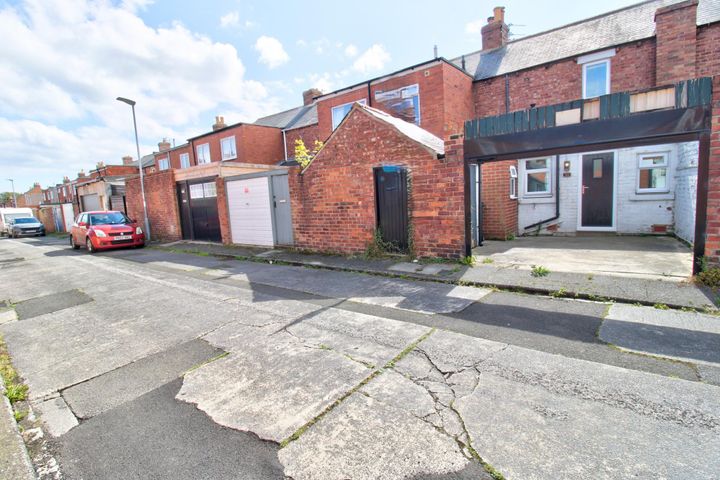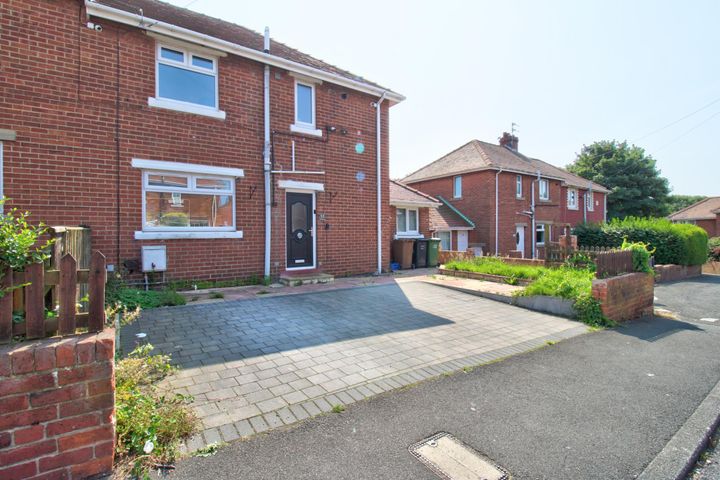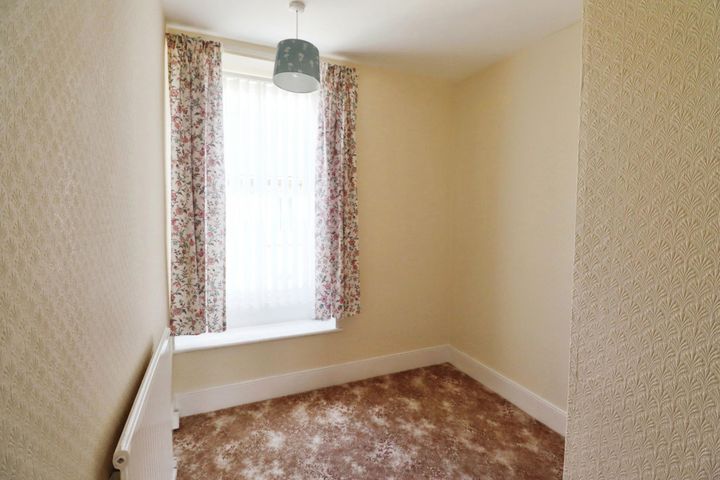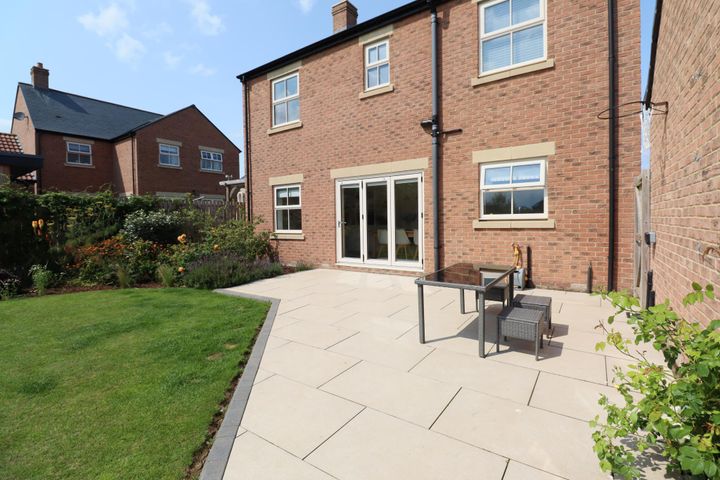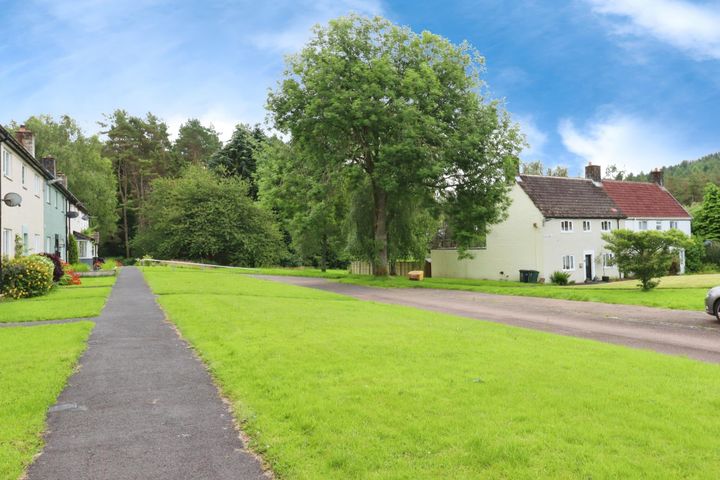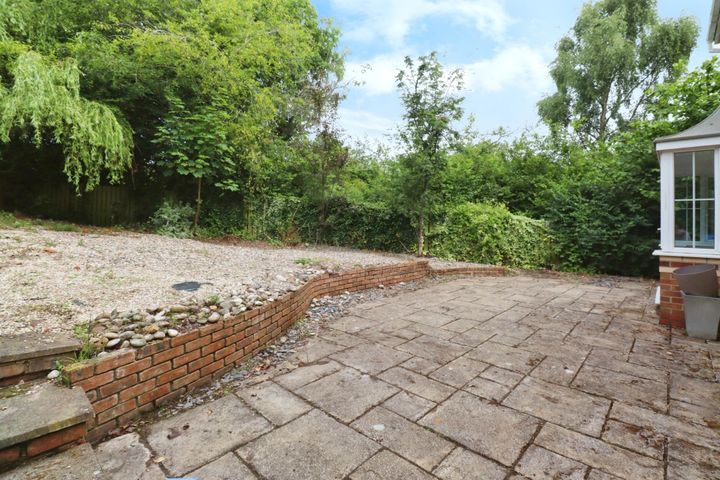Real estate prices in Northumberland are influenced by a variety of factors, including location, proximity to amenities, and local economic conditions. For instance, areas near popular tourist destinations such as Alnwick Castle or the Northumberland National Park tend to see higher property values due to increased demand from visitors and second-home buyers. Transport links play a critical role as well; properties in towns like Morpeth or Hexham that offer easy access to Newcastle via train often command higher prices due to their appeal to commuters. Additionally, the availability of good schools influences family housing demand, with areas near top-rated educational institutions experiencing price spikes. Historical charm and architectural features also affect desirability; quaint properties in rural villages such as Rothbury or Corbridge may attract buyers looking for unique homes, impacting overall market trends. Economic factors, including employment rates and the overall health of the local economy, are equally significant, shaping buyers' purchasing power and willingness to invest in property.
Northumberland
Location
Price Range
Any price
Price Range
Minimum
No min
Maximum
No max
Property type
Show all
Property type
Show all
House
Apartment
Building
Other
Bedrooms
Any beds
Bedrooms
Minimum
No min
Maximum
No max
Surface Range
Any surface
Surface Range
Minimum
No min
Maximum
No max
Sale type
For sale
Sale type
Show all
To rent
For sale
Location
Apartments and houses for sale in Northumberland
59 results
Recent
Northumberland insights
| Aspect | Summary |
|---|---|
| Population | 320,000 |
| Average Property Price | £250,000 |
| Rental Yield | 6.5% |
| Average Rent | £1,500 |
| Occupancy Rate | 90% |
| Capital Growth Rate | 4% per annum |
| Property Tax | 1.2% of property value |
| Transaction Costs | 3% of property price |
| Expected ROI | 8.5% |
| Economic Growth Impact | Moderate, driven by tourism and agriculture sectors |
Northumberland FAQ
What factors influence real estate prices in Northumberland?
How have real estate prices in Northumberland changed over the last few years?
Real estate prices in Northumberland have experienced a notable increase over the past few years, driven by a rising demand for homes in rural areas following the COVID-19 pandemic. In 2021, the average house price rose by approximately 10%, with some areas, such as Hexham and Alnwick, seeing even steeper increases. For instance, properties in Hexham, known for its historical charm and proximity to National Parks, reported price growth reflecting a surge in interest from buyers seeking more space and a quieter lifestyle. The coastal towns, including Amble and Seahouses, also witnessed rising prices, fueled by the attractiveness of coastal living and availability of second homes. Furthermore, the region's overall housing stock remains limited, which has exacerbated competition and pushed prices higher.
What is the average price of homes in Northumberland?
The average price of homes in Northumberland varies significantly depending on the location and type of property. As of late 2023, the average house price is approximately £230,000. In towns like Alnwick, prices can range from £150,000 for smaller terraced homes to over £300,000 for larger family houses. In bustling Berwick-upon-Tweed, the average home costs around £210,000, while coastal towns like Seahouses might see properties listed anywhere from £200,000 to over £400,000, especially for those with sea views. Rural areas tend to be slightly less expensive, with quaint cottages and bungalows sometimes available for around £180,000. The market presents diverse options, reflecting the region's blend of historic charm and natural beauty.
Are real estate prices in Northumberland higher than in nearby areas?
Real estate prices in Northumberland tend to be competitive compared to nearby areas, with distinct variations depending on specific locations and property types. For instance, the picturesque market town of Alnwick, known for its historic castle and gardens, often sees higher property values due to its appeal to tourists and proximity to the Northumberland Coast Area of Outstanding Natural Beauty. On the other hand, more rural areas such as Ashington may offer more affordable housing options, reflecting a different demographic and economic landscape. Additionally, towns like Hexham, famous for its historical charm and amenities, can experience strong demand that drives prices up relative to surrounding areas. Factors such as transport links, local schools, and scenic views also significantly influence property values, further complicating direct price comparisons with neighboring regions like Tyne and Wear or Cumbria.
How do seasonal changes affect real estate prices in Northumberland?
Seasonal changes in Northumberland significantly influence real estate prices, mainly due to variations in demand and local activities. During the spring and summer months, the picturesque countryside and coastal areas attract a surge of buyers, particularly those interested in holiday homes or investments in areas like Alnwick or Bamburgh. Prices tend to rise as families seek properties with outdoor space and proximity to attractions like the Northumberland National Park. Conversely, winter months often see decreased demand, leading to stagnant prices or even reductions, as harsh weather conditions can deter viewings and limit outdoor activities that showcase the region's charm. Additionally, lifestyle changes, such as the holiday season, may prompt a temporary withdrawal from the market, impacting overall sales and price stability. For instance, properties near coastal towns like Amble might experience price fluctuations aligned with summer tourism peaks, while rural homes could see a steadier demand in fall as buyers look to settle before winter.
What are the most affordable neighborhoods in Northumberland?
In Northumberland, some of the most affordable neighborhoods include Ashington, Blyth, and Morpeth. Ashington, known for its rich mining history, has seen prices that cater to first-time buyers, with average property costs significantly lower than the national average. Blyth, a coastal town, offers budget-friendly housing options and an expanding local community, supported by regeneration projects that enhance the area’s appeal without raising prices drastically. Morpeth, while slightly pricier, still features pockets of affordability, especially in nearby suburbs where older homes are available at more accessible rates. Other notable areas include Alnwick, which combines historic charm with relatively lower property prices, making it attractive for those looking for a balance of culture and cost.
How does the economy impact real estate prices in Northumberland?
The economy of Northumberland significantly influences real estate prices through various factors, including employment rates, local investment, and demographic trends. For instance, areas experiencing economic growth, such as those near industrial hubs or expanding tourism sectors, tend to see a rise in property demand, leading to higher prices. In towns like Alnwick, where tourism bolsters the economy, property values have increased sharply, driven by both local interest and buyers from larger cities seeking holiday homes. Conversely, regions facing economic challenges, such as declining industries, can experience stagnation or drops in real estate prices, as seen in parts of the former coal mining areas. Additionally, the investment in infrastructure, like the development of the Northumberland Line to improve connectivity to Newcastle, can boost real estate values by making locations more attractive to commuters. Overall, fluctuations in the economy, influenced by employment opportunities and infrastructure projects, play a crucial role in shaping the real estate landscape in Northumberland.


